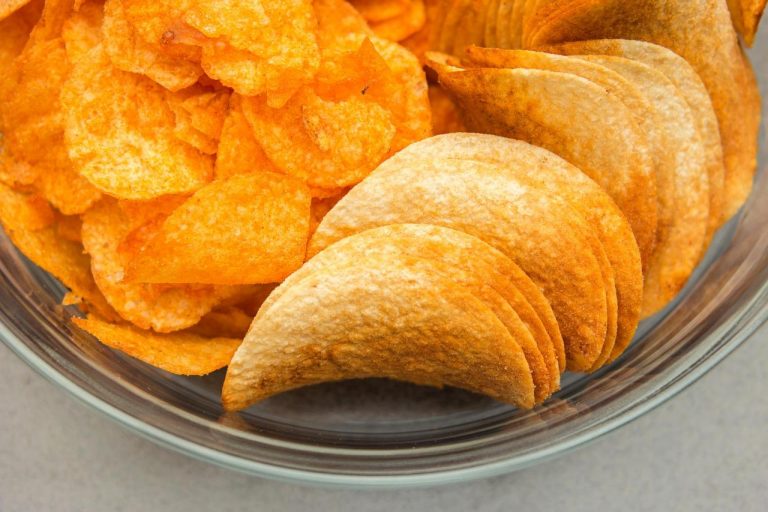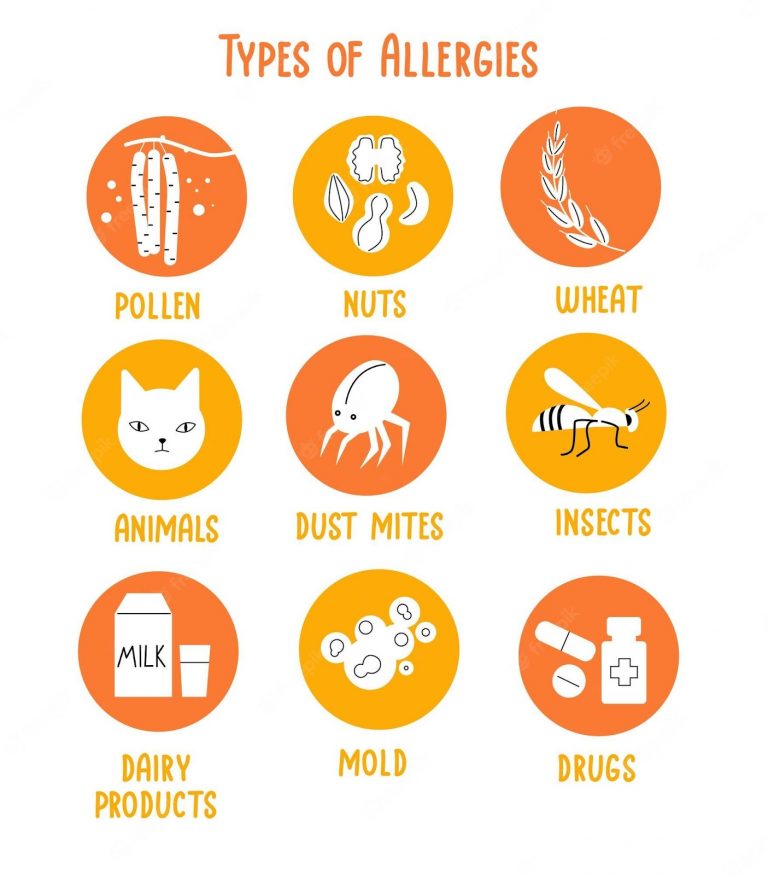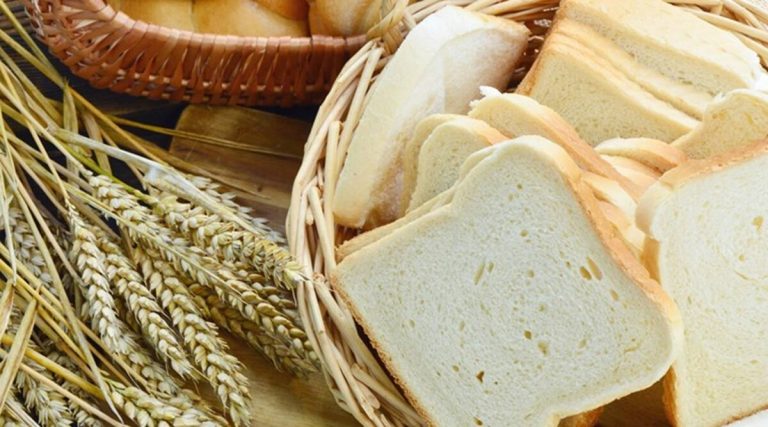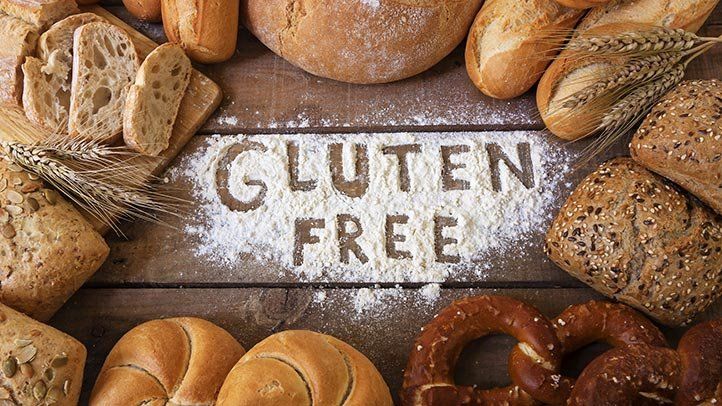
Being healthy is more important than ever these days. The rise of chronic diseases like heart disease and diabetes has resulted in a new focus on wellness.
Fortunately, eating right isn’t as restrictive as it used to be — which is why so many people are choosing to eat more healthfully than before.
Eating healthier doesn’t mean you need to give up your favorite snacks entirely.
Instead, you just need to swap out the common gluten ingredients for healthier alternatives. Read on to learn about some of the best gluten-free snack ideas.
Dried Fruit
Dried fruit can easily be substituted for wheat-containing ingredients in a lot of recipes.
Even if you don’t have celiac disease, it’s still a good idea to avoid wheat, barley, and rye.
Manufacturers of many foods will use wheat or rye as a grain filler to thicken their product.
Which types of dried fruit are gluten-free?
Anything that is not an orange or a banana is an option. Some good options include apples, apricots, figs, and raisins.
Make sure to read the ingredient list on any other dried fruit you plan on buying to make sure it’s gluten-free.
Nuts and Seeds
Nuts are great for snacking because they’re high in protein and healthy fats. Coconut, almonds, and cashews are a few of the most commonly found nuts.
They can all be used in a ton of different recipes, so you’re sure to find something you love. When it comes to seeds, sunflower seeds are the most commonly found.
They’re also a great source of vitamins, minerals, and protein. There are a lot of different ways to eat these foods.
You can use them as a snack on their own, incorporate them into a smoothie, or use them as an ingredient in a recipe.
Not only do nuts and seeds make for a healthy snack, but they can also be used for protein snacks.
Dark Chocolate
This one may come as a surprise, but dark chocolate is a great gluten-free snack. You may be thinking that it contains gluten, but this type is labeled as “chocolates” and isn’t really a form of baking chocolate.
Dark chocolate is rich in antioxidants that can help lower blood pressure, reduce the risk of heart disease, and improve blood flow. It’s also a great source of magnesium, which helps regulate blood pressure and improve sleep.
Dark chocolate also has little to no sugar and a very low glycemic index. This means it has a slower rate of release of sugar into the bloodstream, which is helpful for those watching their weight or Type 2 diabetes.
Make sure to buy dark chocolate with a high cocoa percentage. It has the most benefits and least sugar content.
Raw Food Snacks
Raw foods are becoming more and more popular, and for good reason. When you consume them raw, you’re getting the most nutrients out of them.
Raw foods can be found in most grocery stores as snacks such as raw nuts, dried fruit, and raw vegetables. Instead of eating raw vegetables as a snack, eat them as a side dish.
Raw vegetables are typically high in sugar and can cause a spike in insulin levels and cause weight gain. Instead, eat raw nuts as a snack or use them in recipes. Raw foods are also great for boosting your immune system.
When you have a stronger immune system, you’re less likely to get sick and less likely to spend time in the doctor’s office.
Like many other foods, raw foods have benefits when consumed in moderation, but they’re a great addition to your diet if you’re looking for a way to boost your health.
Healthy Baked Goods
Baked goods are typically high in sugar and fat, but that doesn’t mean you have to give them up completely. Instead, use healthier ingredients such as whole-wheat flour and fresh fruits and vegetables.
There are a lot of gluten-free, natural gluten-free baked goods on the market that are perfectly suitable for a low-sugar diet.
Make sure to read the ingredients to make sure they’re gluten-free and avoid foods that aren’t good for you.
Baked goods are still a great source of energy, so you can eat them as a snack or as a meal replacement.
Make sure to read the labels and choose foods that are low in sugar and fat. Baked goods are also a great way to get vitamins and minerals, so you don’t have to miss out on their benefits.
Store-Bought gluten-free snacks
Many gluten-free snacks are now packaged with gluten-free labels. However, it’s important to be aware of which foods are safe to eat on a gluten-free diet.
Reading the ingredients list is the best way to make sure you aren’t missing out on anything. Keep in mind that a gluten-free label on a snack doesn’t necessarily mean it’s healthy.
Many of these snacks contain refined grains such as corn and rice, which are high in carbs and don’t provide nutritional value. The best way to know for sure what’s gluten-free and what isn’t is to read the ingredients list.
Conclusion
Eating healthier doesn’t mean you need to give up your favorite snacks entirely. Instead, you just need to swap out the common gluten ingredients for healthier alternatives.
For example, instead of using wheat-containing ingredients, try using oats, buckwheat, and amaranth.
You can also use dark chocolate instead of wheat-containing baked goods, and raw fruit instead of wheat-containing vegetables. The most important thing is to make sure you’re still enjoying your favorite foods.





